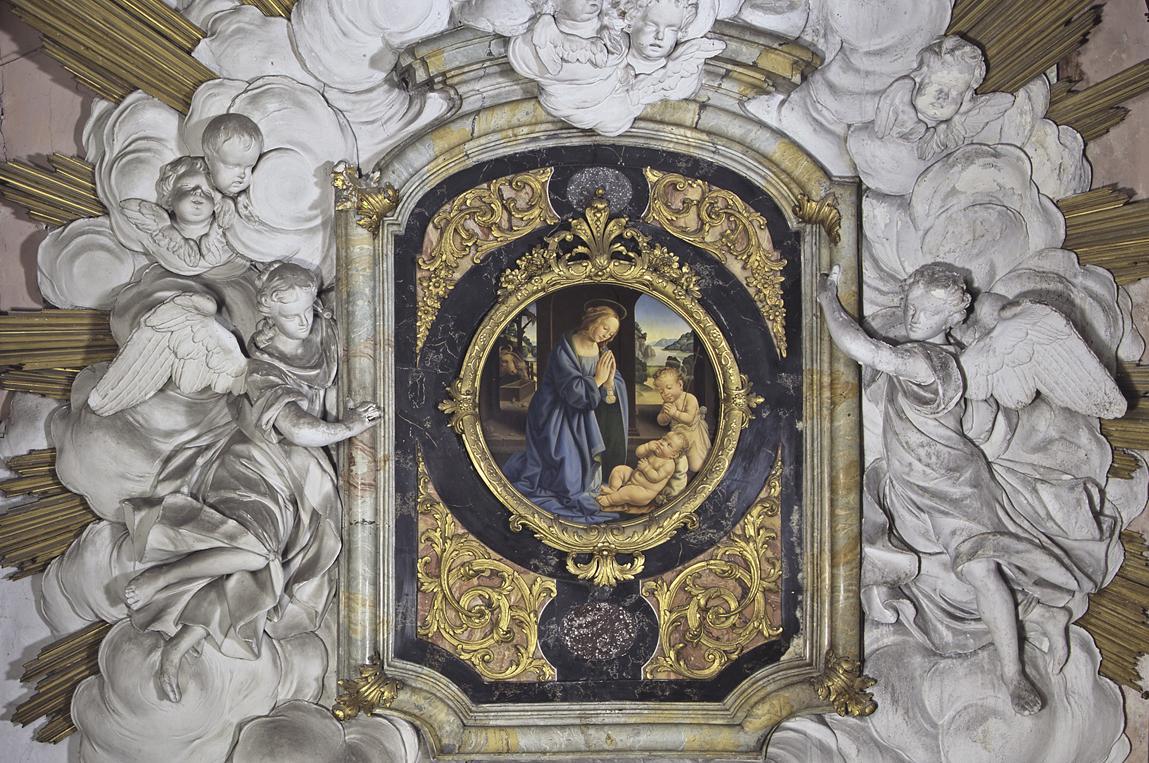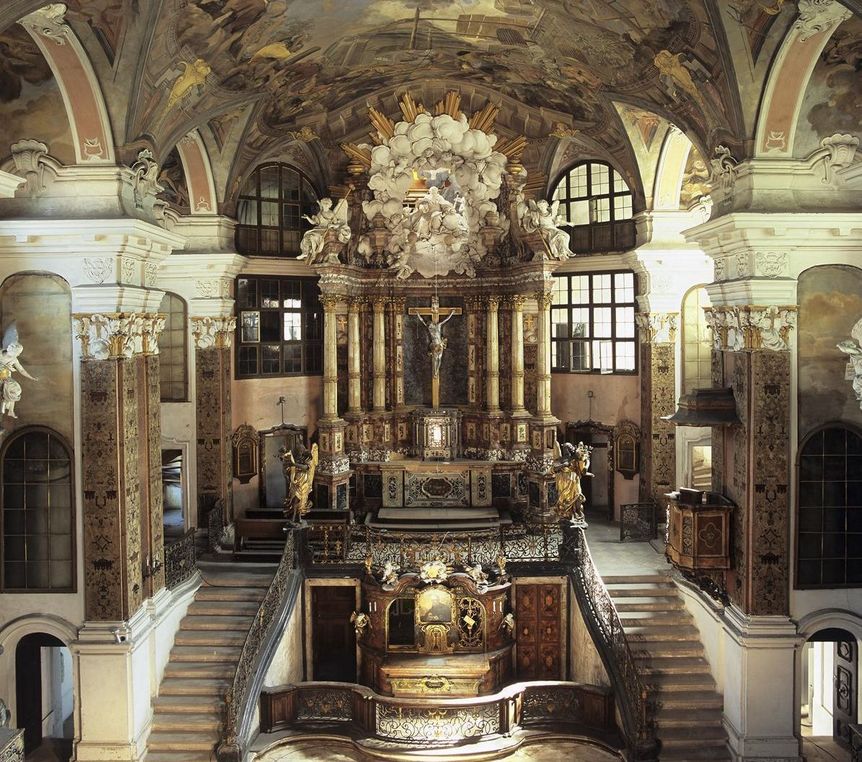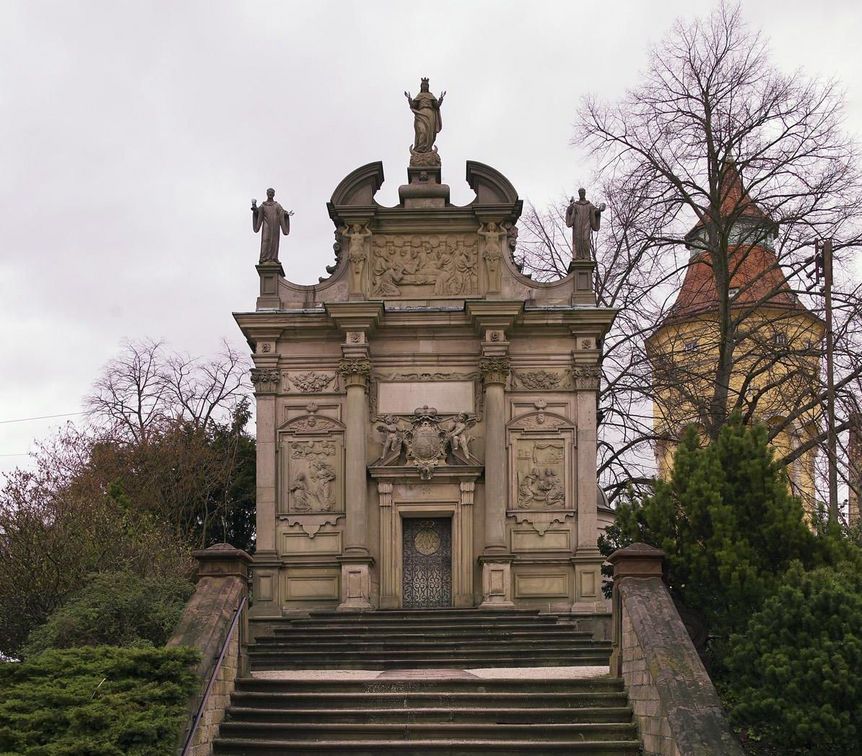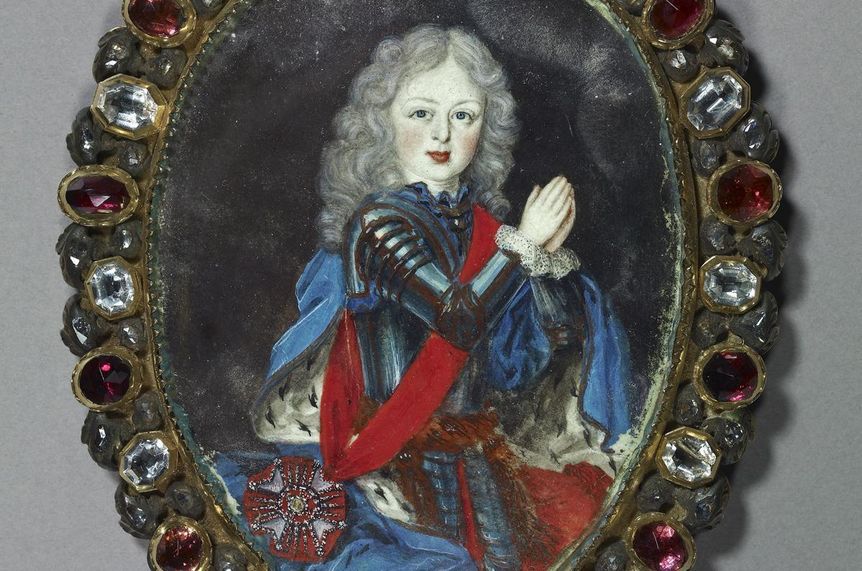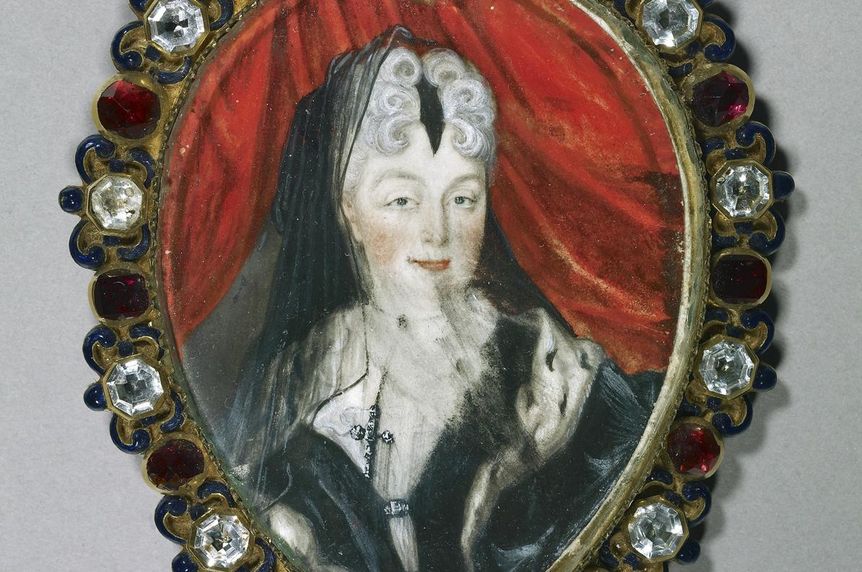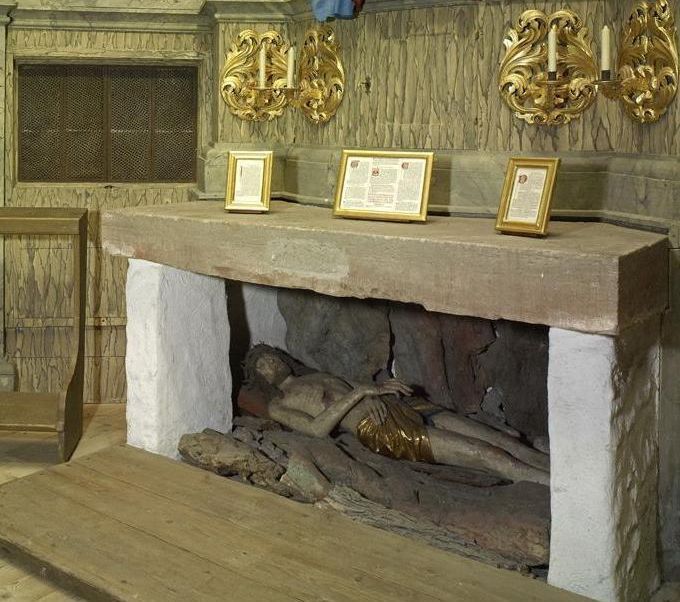A DEVOUT MARGRAVINEThe Catholic
Whether Baden or Sachsen-Lauenburg, Ludwig Wilhelm's and Sibylla Augusta's families followed the Catholic faith. Pilgrimages, adoration of the Virgin Mary and church foundations came with the territory; during the Counter-Reformation, being Catholic was also a political statement.



